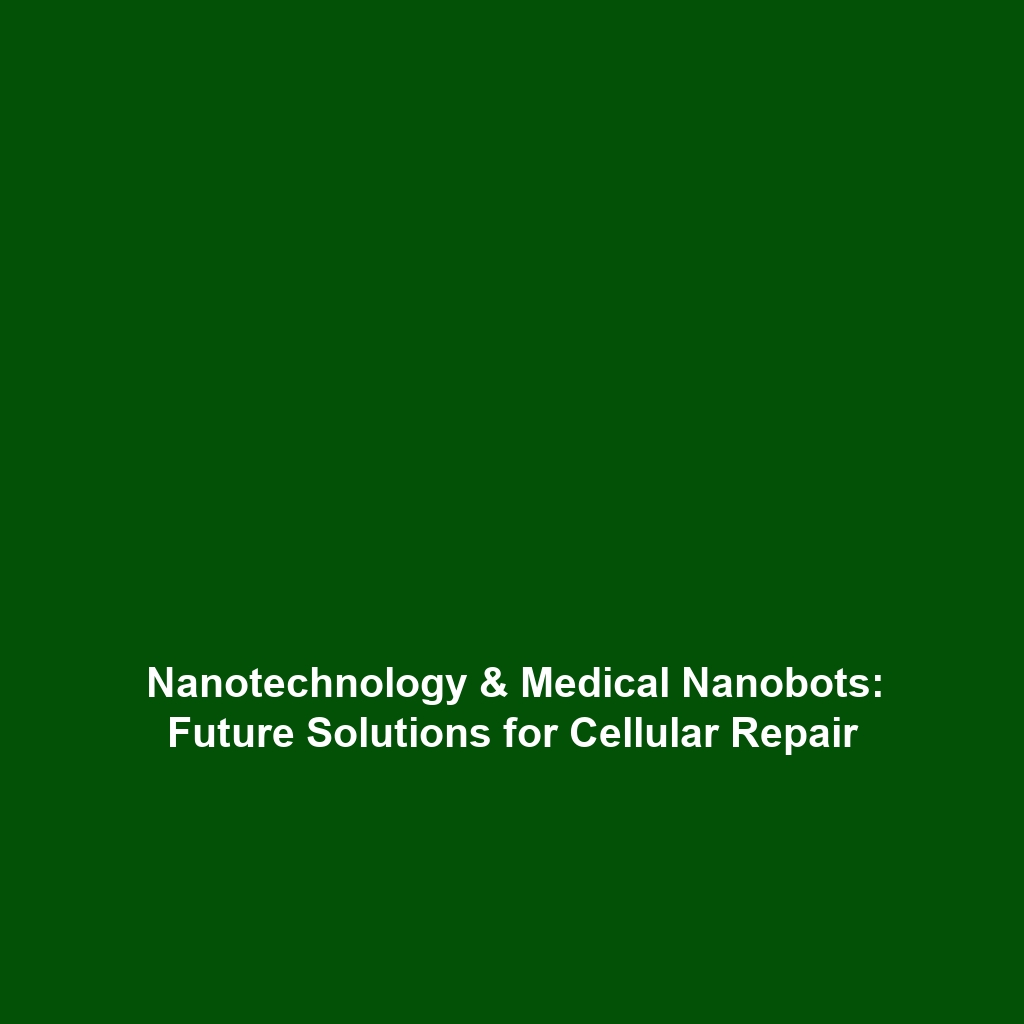Fictional Portrayals of Cryonics in Movies, TV Shows, and Books
Cryonics, the practice of preserving individuals at low temperatures with the hope of future revival, has been a captivating theme in various forms of media. From dystopian settings in Futurama to the profound implications in 2001: A Space Odyssey, these portrayals not only entertain but also explore complex ethical and scientific questions related to life extension and the future of humanity.
Key Concepts in Fictional Cryonics
In narratives surrounding cryonics, several key concepts emerge that shape the viewer’s understanding of the technology:
- Suspended Animation: The idea of pausing life processes to preserve the body for future revival is a common element.
- Ethical Dilemmas: Stories often delve into ethical questions regarding the morality of life extension and the consequences of defying death.
- Future Societal Impacts: These portrayals frequently examine how a world with revived individuals would function, addressing social, political, and economic implications.
Applications and Real-World Uses of Cryonics
While many fictional depictions highlight the more fantastical aspects of cryonics, real-world applications focus on:
- Preservation of Biological Samples: Cryonics is used in medical applications, such as the preservation of sperm, eggs, and other biological materials.
- Research in Life Extension: The scientific community analyzes cryopreservation methods to improve techniques for organ transplants, highlighting its potential in enhancing life extension.
- Sci-Fi as a Catalyst for Debate: Fictional narratives stimulate discussions about the possibilities and limitations of cryonics, prompting research and innovation in the field.
Current Challenges in Cryonics
Despite the intrigue surrounding cryonics, several challenges exist:
- Scientific Limitations: Current technology does not guarantee successful revival of preserved organisms.
- Legal and Ethical Issues: There are significant legal and ethical concerns regarding consent and the implications of reviving preserved individuals.
- Public Skepticism: A prevailing skepticism exists among the general public regarding the feasibility and safety of cryonics.
Future Research and Innovations in Cryonics
The future of cryonics may hold exciting innovations, including:
- Advancements in Cryoprotectants: Research is ongoing to develop better chemicals that minimize ice crystal formation during freezing.
- Improved Revival Techniques: Scientists are exploring methods of reviving tissues and organs that have been preserved for extended periods.
- Integration of AI and Robotics: Future technologies may assist in monitoring and potentially reviving cryopreserved individuals.
Conclusion
Fictional portrayals of cryonics have significantly shaped public perception and discourse surrounding this controversial technology. These narratives challenge us to consider the implications of life extension and its effects on future generations. As research continues to evolve, staying informed about advancements and ethical discussions is essential. For further exploration of related topics, consider reading about cryonics research or the ethics of life extension.








